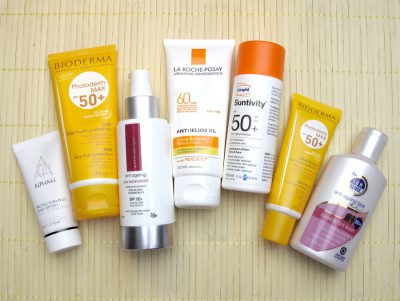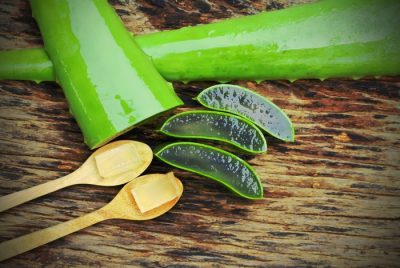The days are getting longer, the weather’s heating up, and your Military Family is preparing for a long season of fun in the sun. Help ensure your family’s good health all season long before you head out the door with the sun safety tips below. They’ll maximize the summer fun while minimizing your family’s risk for sunburn and heatstroke.
1. Keep Cool & Covered

Taking the right steps to prevent sunburn and heatstroke every time you go outside is the best way to ensure a sun safety all summer long. Keep the 4 steps below in mind when planning for a day spent outdoors whether it’s at the beach or in your backyard.
- Cover up. Protect as much of your skin as possible by wearing light-colored clothing, a wide-brimmed hat, and sunglasses that bock at least 99% of UV light.
- Screen yourself. Each member of your family should apply at least 1 oz. of sunscreen with an SPF of 30 or higher to their entire body before going outside. Sunscreen should be applied 30 minutes before sun exposure to give it time to sink it and reapplied every 2 hours for continued protection.
- Seek shade. Limit your family’s directed exposure to the sun by staying in shaded areas, especially between 10 a.m. and 4 p.m. when UV rays are the strongest.
- Drink up. Always bring plenty of cool water with you outside and encourage frequent sipping (about 10 gulps for every 20 minutes in the sun). While it may be tempting to quench your thirst with sugary drinks like lemonade or soda, keep these to a minimum as sugar can dehydrate the body.
2. Choose the Right Sunscreen

Not all sunscreens are created equal. The guidelines below will help you choose the safest products for you and your family.
- Go big. Choose a sunscreen with “broad-spectrum” protection. Sunscreens with this label protect against both UVA and UVB rays to prevent both sunburn and skin cancer.
- Aim high. Wear an SPF of 30 or higher. The SPF number is the level of protection the sunscreen provides against UVB rays, and an SPF of 30 filters out about 97% of these rays. Anything below an SPF of 30 will only protect against sunburn, not skin cancer or skin aging.
- Repeat. “Water resistant” does not mean “waterproof”. All sunscreens eventually wear off, but water resistant formulas hold up a little better when swimming or sweating. Still, the best practice is to reapply every 2 hours, no matter what formula you use.
3. Know What to Do in an Emergency

Proper protection will reduce the risk of sunburn and heatstroke, but knowing how to treat both will keep you safe in a worst-case scenario.
Sunburned skin turns red and hurts. If the burn is severe, you can develop swelling and blisters. Apply cold compresses to the sunburned skin to ease pain and continue to reapply gels or creams with aloe vera until the burn is healed. Call a doctor if you notice signs of a more serious sunburn including fever, chills, severe pain, dry mouth, thirst, and fatigue.
Heatstroke requires immediate medical attention. Call 911 if you or someone else is experiencing high body temperature, confusion, slurred speech, irritability, nausea and vomiting, flushed skin, rapid breathing, headache, or racing heartbeat. While you wait for the ambulance to arrive, move the person to the shade, spritz them with cold water, and apply ice backs to their groin and armpits.
Don’t let the worry of illness get in the way of your summer fun. By following the suggestions above, you’ll be free to enjoy a long, memorable season of outdoor fun with your family.
More Fun in the Sun:
https://spouselink.aafmaa.com/blog/summer-travel-plans-got-any/
https://spouselink.aafmaa.com/blog/tips-tricks-to-make-summer-amazing/
https://spouselink.aafmaa.com/blog/gardening-complete-mind-body-exercise/



